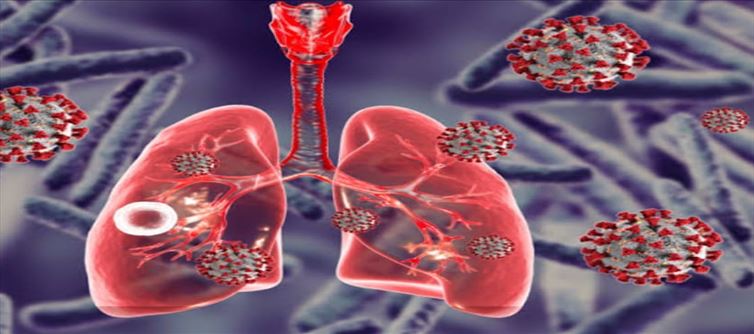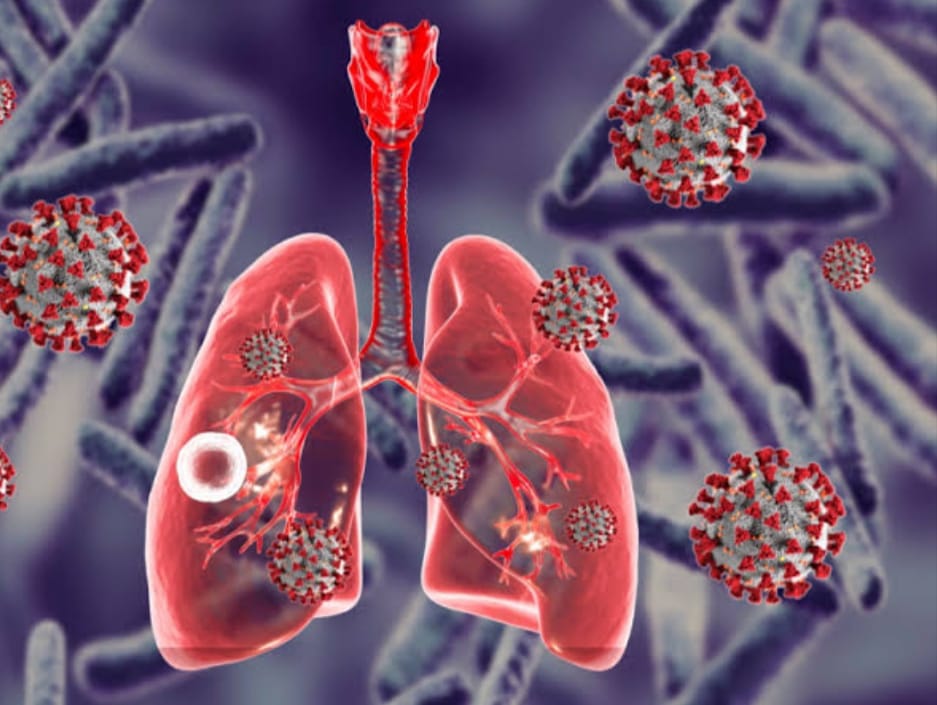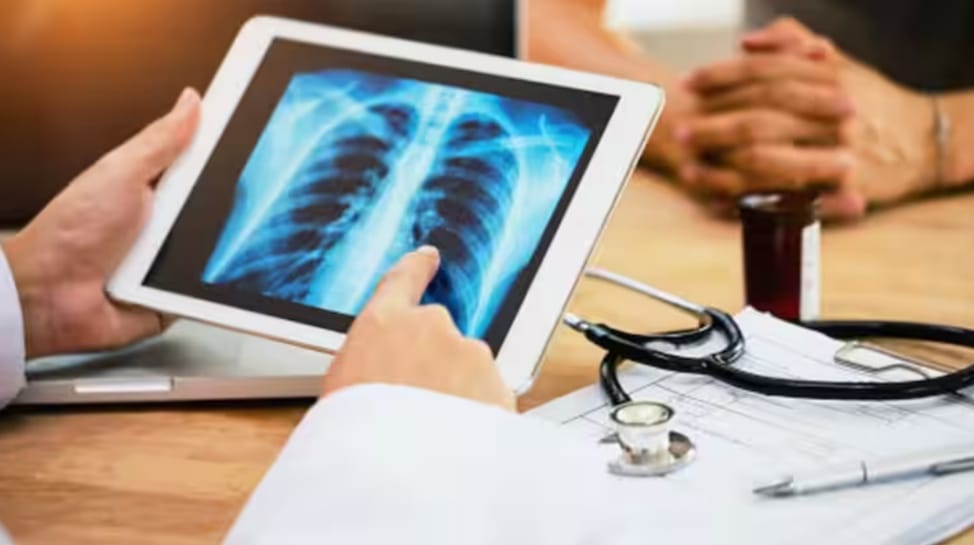
Tuberculosis: How It Develops And Transmits, Treatment Challenges, And Advanced Diagnostic Tools
Tuberculosis (TB) is present across countries with about a quarter of the global population estimated to have been infected with tb bacteria. In 2022, it was the second leading infectious killer.
Tuberculosis (TB) is an infectious disease that mainly affects the lungs (pulmonary TB), and other organs outside the lungs (extrapulmonary tuberculosis or EPTB). tb is present across countries and age groups with about a quarter of the global population estimated to have been infected with tb bacteria, five to 10 percent of which will eventually get symptoms and develop tb disease. tuberculosis infections began increasing rapidly after 1985, partly because of the emergence of the human immunodeficiency virus, the virus that causes Acquired Immune Deficiency Syndrome (AIDS).

In 2022, worldwide, tb was the second leading infectious killer right after COVID-19 (above hiv and AIDS). Today, india accounts for 27 percent of the world's tb cases and also for 29 percent of the global number of deaths caused by tb among HIV-negative people. While these statistics are disheartening, our progress in working towards the elimination of the disease has been phenomenal. india is the only country in which a national tb prevalence survey has been completed since 2019 and is at the forefront of innovative efforts to eliminate this deadly disease by 2025, five years ahead of the global target.
Development and transmission of TB
TB is transmitted through the air as tiny droplets when a person with tb sneezes or coughs. Those who are exposed to tb bacterium but not ill with the disease cannot transmit it. While many people are exposed to the tb bacterium without becoming infected, some may develop latent tb infection (LTBI) also referred to as inactive TB. LTBI indicates that the immune system can control the tb infection, preventing active disease. However, active tb disease occurs when the tb infection overwhelms the immune system, leading to bacterial multiplication and the onset of the disease. Unlike tb infection, when a person gets tb disease, they will have symptoms. Symptoms of active tb disease include cough, afternoon fever, weight loss, blood-stained sputum, and night sweats.
TB is preventable and curable
While india faces a vast challenge in tracing and diagnosing tb early, recent developments offer promising signs. The reporting of cases has skyrocketed, surpassing pre-pandemic levels with 24.2 lakh cases recorded in 2022 which demonstrates increased awareness and access to diagnostic tools. Additionally, treatment coverage has reached 80 percent, indicating a positive shift towards comprehensive care.
Current challenges
MDR-TB, or multidrug-resistant tuberculosis, presents a significant challenge in infectious diseases. This occurs when tuberculosis bacteria resist at least two crucial first-line anti-TB drugs: isoniazid and rifampicin. Factors contributing to the increase of MDR-TB include incomplete or improper treatment fostering resistance, failure to adhere to the full medication course, or taking incorrect dosages. Further, poor cough hygiene in overcrowded places and unsanitary conditions contribute to inadequate infection control, facilitating the spread of drug-resistant strains.
The consequences involve prolonged and intensified treatment regimens lasting up to 24 months, with drugs carrying heightened side effects and reduced efficacy. MDR-TB patients face an elevated risk of mortality compared to those with drug-susceptible TB. Additionally, the potential for the unchecked spread of drug-resistant strains compounds the global disease burden.
TB diagnosis
The World health Organization (WHO) recommends the use of rapid molecular diagnostic tests as the initial diagnostic test in all persons with signs and symptoms of TB. There are six WHO-endorsed tests for detecting drug resistance: liquid culture, line-probe assays (LPA/Hains Test), microscopically observed drug-susceptibility (MODS) assay, nitrate reductase assays (NRAs), colorimetric redox indicator (CRI) methods, and Xpert MTB/RIF (GeneXpert/CBNAAT test).
The gold standard for diagnosing Mycobacterium tuberculosis (MTB) is culture, but the widely used Xpert MTB/RIF test and LPA, both molecular tests, are gaining popularity in both the public and private sectors.
While cultures take weeks for diagnosis, Xpert MTB/RIF is faster and can be used in peripheral laboratories, particularly for identifying single-drug (rifampicin) resistance. Line-probe assays are suitable for an intermediate level in the healthcare system but have low sensitivity for smear-negative sputum samples.
Genomics: the future of effective tb diagnosis
Whole-genome sequencing (WGS) is a crucial technique widely used to explore the details of pathogenic and environmental bacteria. Culture-based WGS has proven effective in predicting drug resistance and providing unparalleled insights into the genetic makeup of tb strains.
This technique excels in predicting drug resistance, understanding transmissibility, identifying variations in virulence, and explaining the development of multidrug resistance in bacterial strains. By offering a comprehensive view of the entire genome, culture-based WGS enhances our understanding of the molecular aspects of tb and equips researchers with vital information for targeted interventions and treatment strategies.
WGS provides an advantage by screening both the loci covered by rapid molecular tests and other known resistance-associated loci, identifying new drug resistance mutations more quickly. There are certain challenges associated with culture-based WGS. It takes 10 to 12 weeks to determine the drug resistance susceptibility results of the sample. Whole genome sequencing from direct sputum or clinical samples offers a solution.
However, due to the presence of low MTB load, other microbes, and host DNA, its use in diagnostic testing remains challenging.
Advancements in genomics have helped us address these issues, and today, we have, SPITSEQ, a culture-free WGS method that comes with 100 percent sensitivity. SPITSEQ is a comprehensive drug panel that reveals mutations not only to currently available anti-TB drugs but also to newer drugs undergoing validation.
The fight against tuberculosis remains a global health priority, with india leading the efforts to eliminate this pervasive and deadly disease. With advanced techniques like culture-free WGS available, we are gradually progressing towards overcoming the challenges around accurate and timely diagnosis of the disease. As india strives to meet the ambitious target of eliminating tb by 2025, innovative approaches and technologies like SPITSEQ provide a glimmer of hope for a TB-free future.





 click and follow Indiaherald WhatsApp channel
click and follow Indiaherald WhatsApp channel